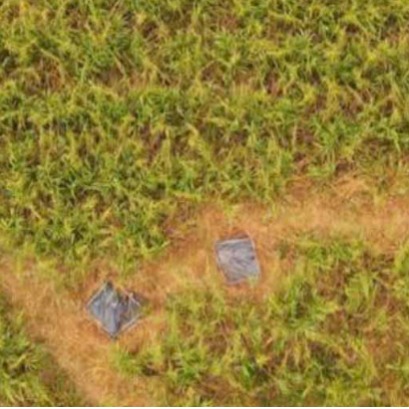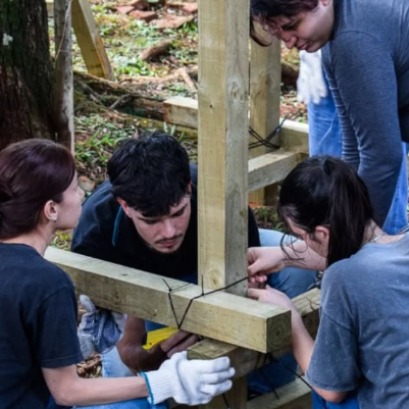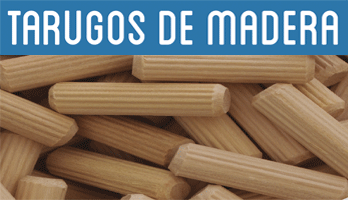
Conventional drying kilns
- Drying kilns for conifers, hardwoods and tropical woods.
- Load capacity:
· CSD front-loaded kiln: 20m³ to 300m³.
· CSD-T tunnel: 80m³ to 500m³.
- Heating can be provided using hot water, overheated water, steam, diathermic oil, gas, heating oil.
- The ventilation system is implemented using reversible, electrical axial-type fans, single or variable speed, providing constant flow in the two directions of rotation.
- Saturated air exchange chimneys with shutters actuated by proportionally-controlled servomotors.
- Humidification system: 3 Bar or high pressure 80 Bar.
- Electronic control unit for full drying cycle management.
- LAN Internet connection for PCs, tablets or smartphones for remote management of up to 32 kiln chambers at the same time and access to the Termolegno support portal.

IT MAY INTEREST YOU
 Vida Silvestre and ArgenINTA promote a national consultancy for the restoration of forest landscapes in Argentina
Vida Silvestre and ArgenINTA promote a national consultancy for the restoration of forest landscapes in Argentina
The Argentine Wildlife Foundation and the ArgenINTA Foundation signed a technical cooperation agreement to begin a consultancy aimed at the Restoration of Forest Landscapes (FPR) in the seven forest regions of the country. The work seeks to generate technical and scientific inputs that guide the design of provincial and national restoration programs, in support of the implementation of Law No. 26,331 on Native Forests.
 Missions | The traditional National Wood Festival in November celebrates four decades of a popular gathering in San Vicente
Missions | The traditional National Wood Festival in November celebrates four decades of a popular gathering in San Vicente
The official announcement of the 4�th San Vicente National Wood Festival was made this Tuesday by the governor of Misiones, Hugo Passalacqua. The cultural and festive event will take place from November 5 to 9 at the Verón Gallardo Sports Center in San Vicente, Misiones, to celebrate four decades of history. The San Vicente National Wood Festival is a popular meeting point for the agroforestry and commercial community in the Alto Uruguay area, and is an opportunity for the forestry-industrial chain to expose its development and services. The festival includes cultural, artistic and economic promotion activities.
 Architecture with identity: university students from Argentina and Paraguay design and build with missionary wood
Architecture with identity: university students from Argentina and Paraguay design and build with missionary wood
The Faculty of Art and Design (FAyD) of the National University of Misiones (UNaM) hosted the inauguration of the first edition of “Yvyvyrá: territory, matter and architecture”, an international workshop that promotes learning, experimentation and architectural design using wood and other materials typical of the biomes of the Atlantic Forest (Paranaense Forest) and the Humid Chaco.






















